Featured Photo Above:
Addie Joos Benefit Game, July 24, 1911
(Color Restoration by Chris Whitehouse of They Played in Color website)
Baseball History Comes Alive Now Ranked As a Top Five Website by Feedspot Among All Baseball History Websites and Blogs!
(Check out Feedspot's list of the Top 35 Baseball History websites and blogs)

Guest Submissions from Our Readers Always Welcome! Click for details
Scroll Down to Read Today’s Essay
Subscribe to Baseball History Comes Alive for automatic updates (sign-up block found in right side-bar)
As a Free Bonus for subscribing, you’ll get instant access to my two Special Reports: Memorable World Series Moments and Gary’s Handy Dandy World Series Reference Guide!
1910-1914 Philadelphia Athletics Photo Gallery
Click on any image below to see photos in full size and to start Photo Gallery:
Were the 1916 Philadelphia Athletics the Worst Team Ever?
A recent essay about the fine Dead Ball Era pitcher Jack Coombs got me thinking about the great Philadelphia Athletics teams from 1910-1914. The A’s of that era are one of my favorite teams. Over the years of identifying players in early A’s team photos, I became very familiar with them. Those teams were full of stars. They were certainly one of the first great dynasties in baseball.
The A’s won pennants and World Series championships in 1910 against the Cubs, and 1911 and 1913 against the Giants. Their vaunted “$100,000” infield of Jack Barry, Eddie Collins, Stuffy McInnis, and Frank “Home Run” Baker (whose great-grandson Chris Baker is one of our regular readers) soon became the stuff of baseball legend. They also won the 1914 pennant, but their luck finally changed as the heavily-favored A’s were upset by the underdog “Miracle” Boston Braves in the 1914 World Series.
As we know, following this defeat, owner Connie Mack then began the great sell-off of his star players. The team went downhill fast, and by 1916 they were terrible. A few years ago, I read a Sports Illustrated article by Jon Wertheim titled “Remembering the Pathetics,” which made a strong case that the 1916 A’s may
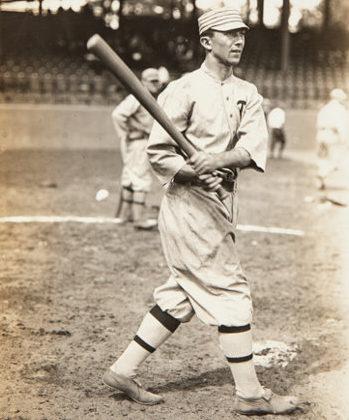
have been the worst team in the history of United States pro sports! It’s hard to believe that a professional team could go from “so good” to “so bad” in two short years, but that’s exactly what happened. So let’s take a closer look and see just how bad this team was.
(In the great featured photo, colorized by Mark Truelove, we see A’s players in the dugout probably from their pennant-winning year of 1914, shortly before the fire sale began. I can make out A’s players Jack Barry, Eddie Murphy, Jack Lapp, Stuffy McInnes, Bob Shawkey, Frank Baker, Boardwalk Brown, Eddie Plank, and Bris Lord, plus trainer Doc Martin and mascot Eddie Van Zelst.)
Following their defeat in the 1914 World Series, and amid competition from the newly-formed Federal League, the fire sale began. In a precursor to words many of us have heard in more recent decades, owner Connie Mack proclaimed: “It’s time
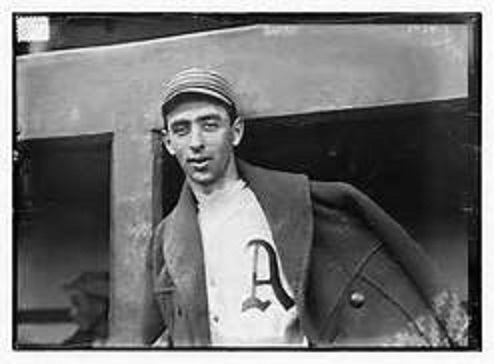
to embrace a youth movement.” Mr. Mack reassured the fans that the team was rebuilding for the future, and “any short-term pain would be to the long-term benefit of the franchise.”
The 1915 team finished last with a record of 43-109…and things went downhill from there. According to author Wertheim: “By mid-season in 1915, after Barry and Collins had been sold off to the Red Sox and White Sox respectively, the running joke was that Mack now had a $10 infield!”
In addition to Barry and Collins, by the start of the 1916 season gone from the team’s glory years were star players Frank Baker, Eddie Plank, Harry Davis, Chief Bender, Herb Pennock, Danny Murphy, Eddie Murphy, Jack Coombs, and Bob
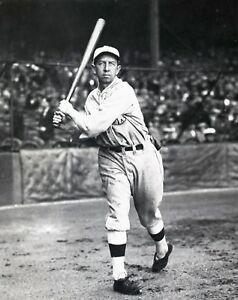
Shawkey. That’s a lot of talent! Starting catcher Wally Schang broke his jaw in July and was gone for the rest of the season. In perhaps the worst omen of all, the A’s beloved batboy and “good-luck charm,” Eddie Van Zelst, passed away before the start of the season.
Just how bad was this 1916 team? Well, consider this:
- The A’s went 36-117 (.235, 54.5 games behind), for the lowest winning percentage in modern major league history (The Cleveland Spiders had gone 20-134 in 1899, but that’s a story for another day).
- The A’s finished 40 games behind the next-worst team, the Washington Senators.
- One of the A’s shortstops, Whitey Witt, recruited from a Universalist seminary, committed 78 errors, tops on a team that committed 314 errors, more than two each game.
- Rookie third baseman Charlie Pick, replacing the great Frank “Home Run” Baker, committed 42 errors at the hot corner.
- The A’s had two pitchers who combined for a 2-36 record.
- In one game against the Tigers, the A’s walked 18 batters. Over the next three days their pitchers walked 11, 10, and 10 batters, respectively.
- By May the A’s were 4-10. Then things got really ugly. There were losing streaks of 11, 12, and 20 games. In July the team went 2-28.
- The A’s had eight pitchers on the roster who lost games and recorded no wins.
After the fire sale, the A’s lingered on with nine straight second-division finishes, including six straight years in last place (1916-21). It wasn’t until 1925 when
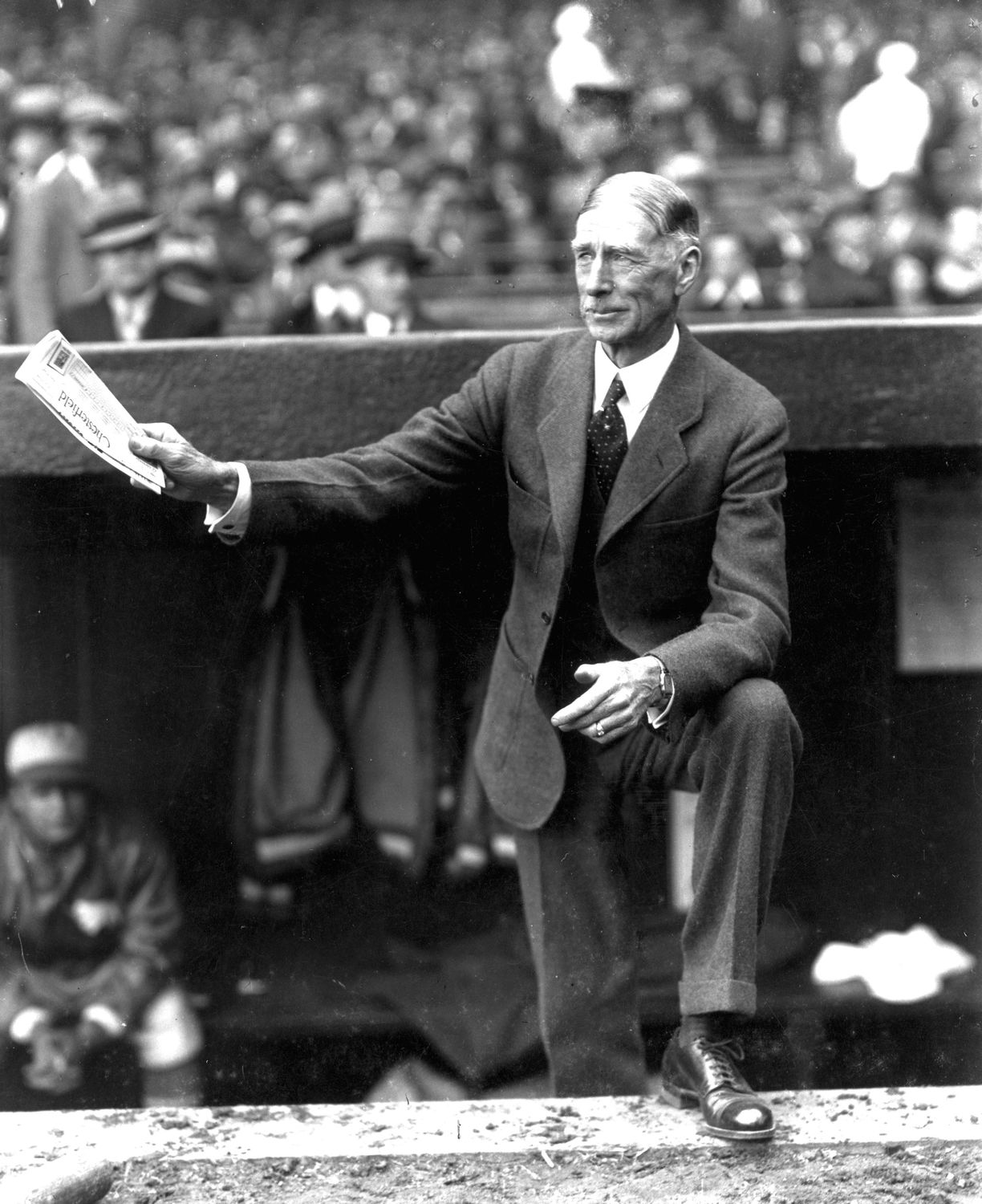
Connie Mack started putting the pieces together of another dynasty. The great A’s teams of the mid-to-late 1920s featured stars like Jimmie Foxx, Mickey Cochrane, Al Simmons, Lefty Grove, Waite Hoyt, Mule Haas, Bing Miller, Max Bishop, and Rube Walberg, all coming into their prime together. They won three consecutive pennants (1929-31), and World Series championships in ’29 and ’30.
And the fate of that team? You guessed it…another fire sale by Connie Mack and years again mired in the second division. Through it all, Mack survived at the managerial helm until 1950. I guess it helps if you own the team!
-Gary Livacari
Photo Credits: Mark Trulove, “Baseball in Color”; all others from Google search
Information: Excerpts edited from June 6, 2016 Sports Illustrated article, “Remembering the Pathetics,” by L. Jon Wertheim
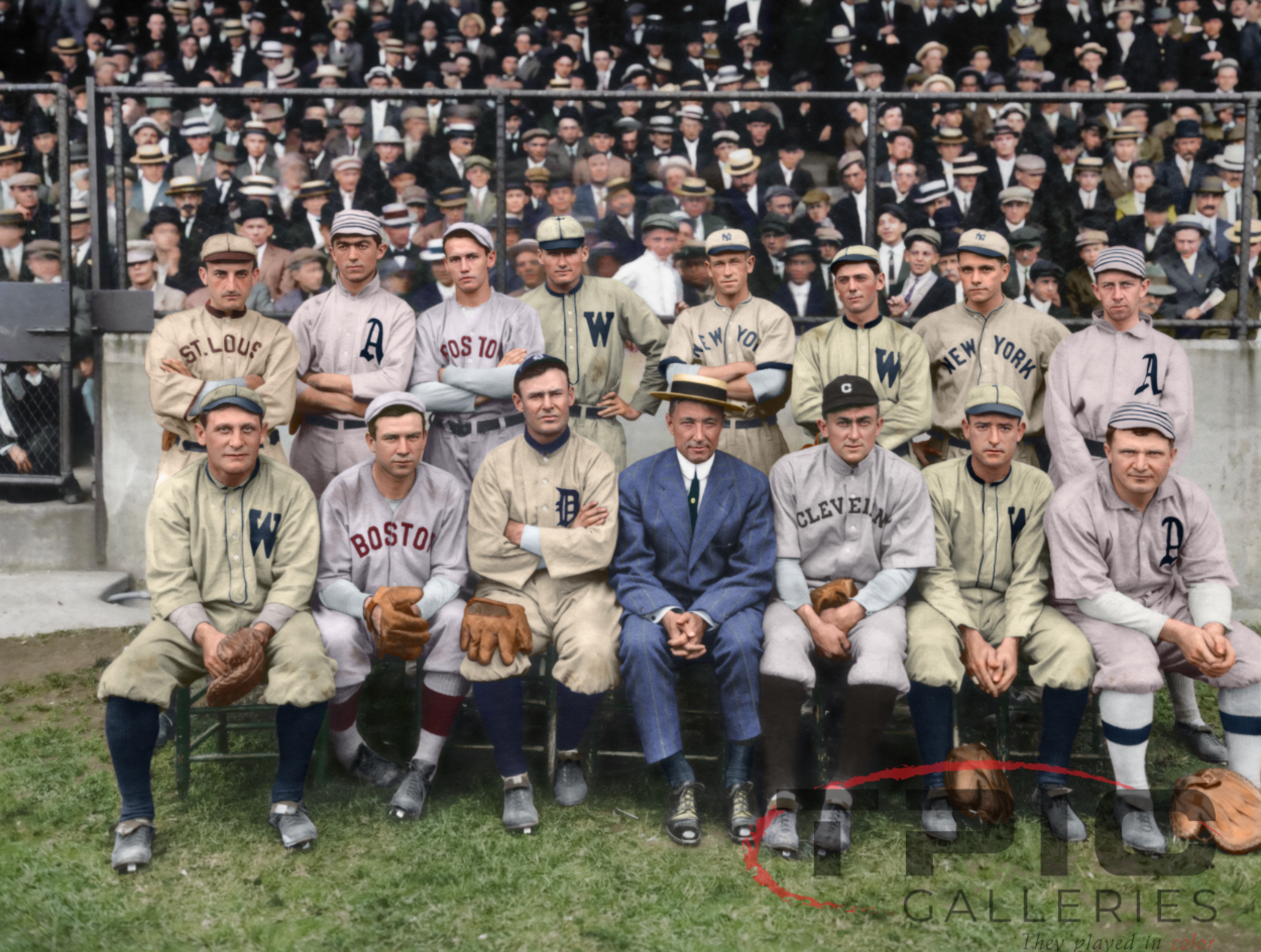
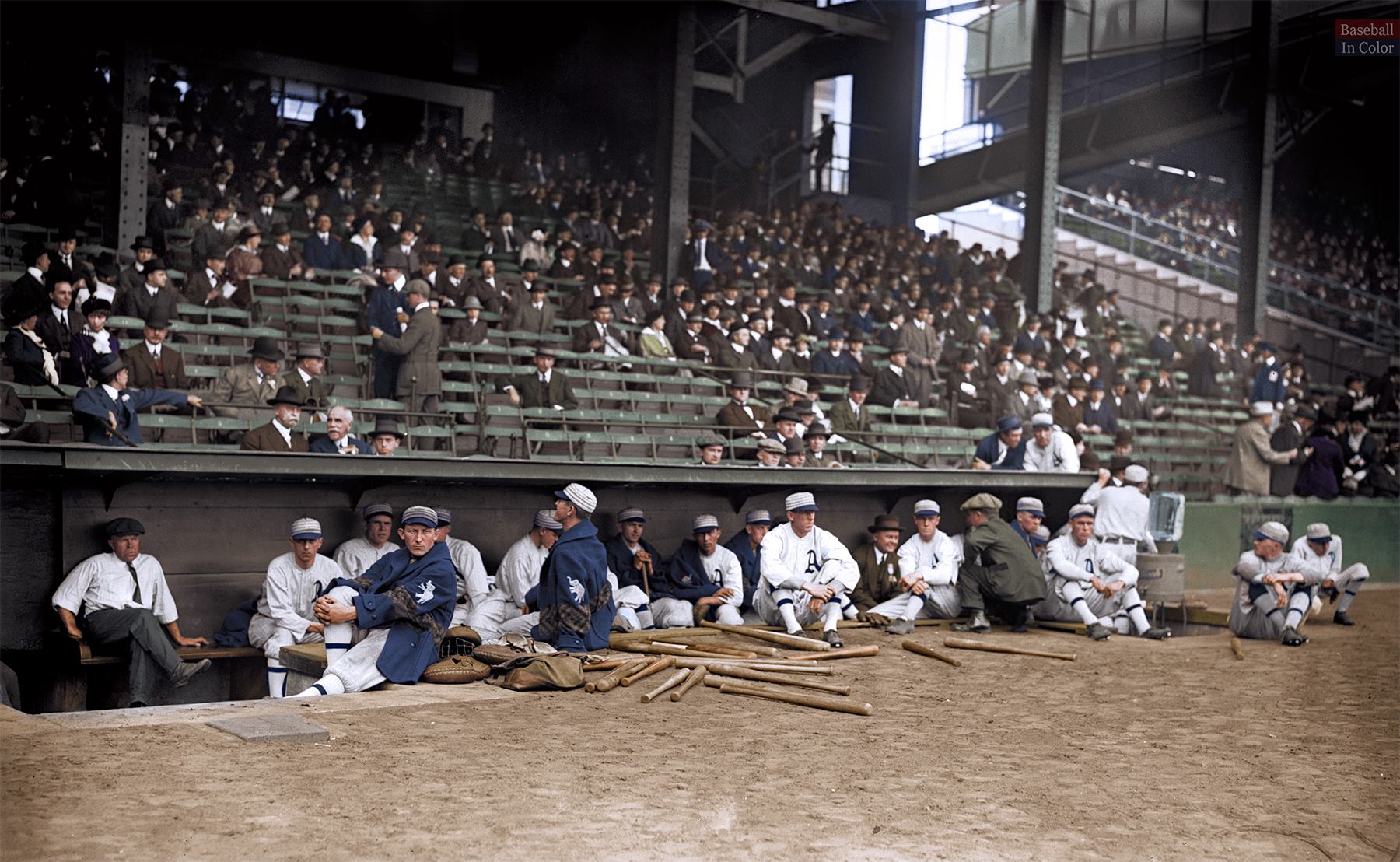
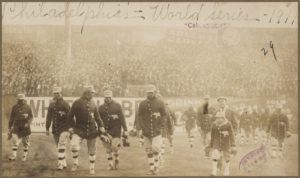
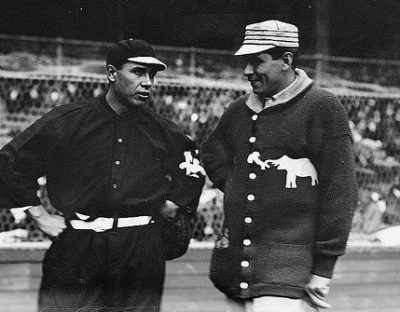
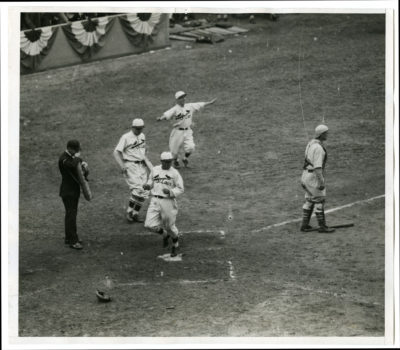
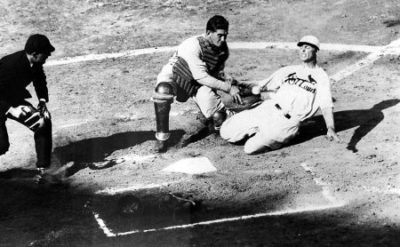
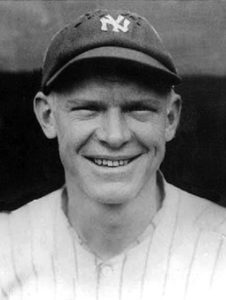
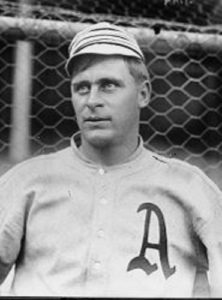
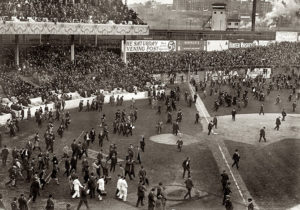
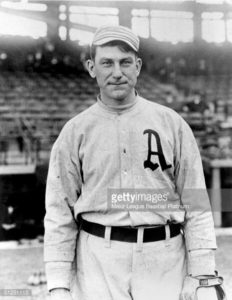
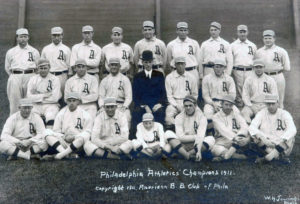
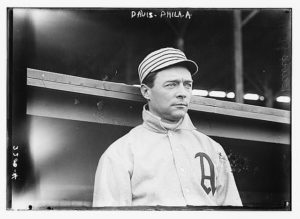
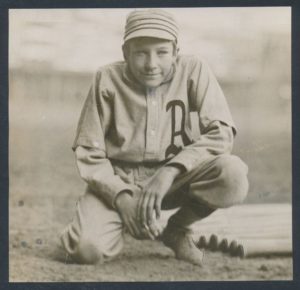
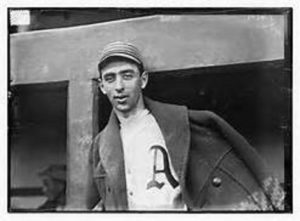
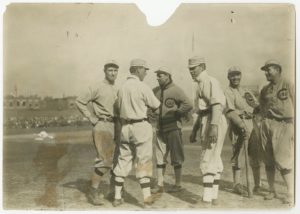
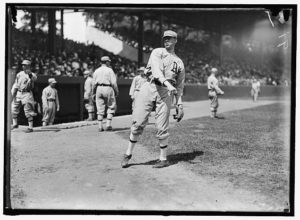
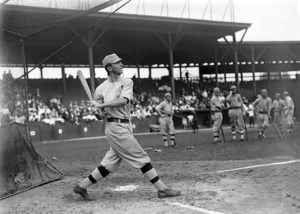
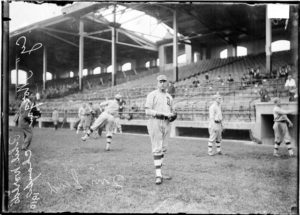
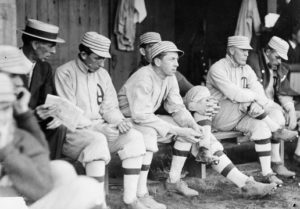
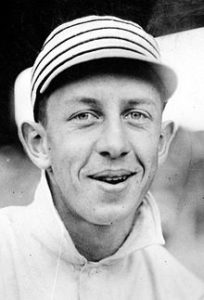
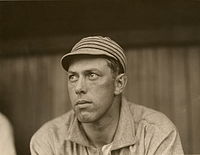
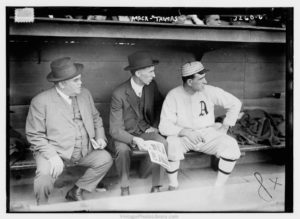
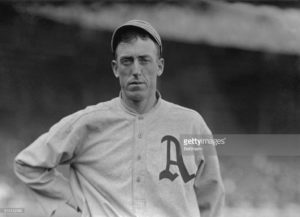
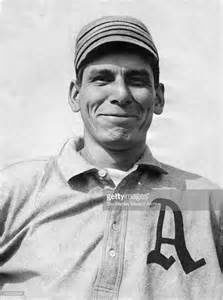
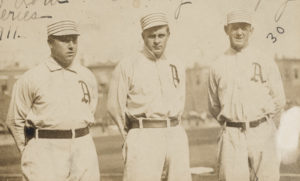
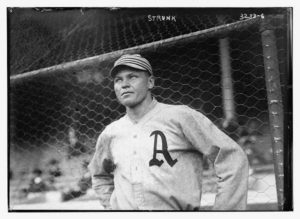
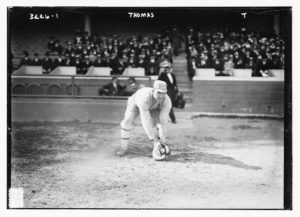
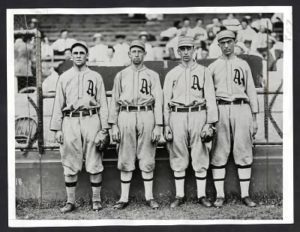
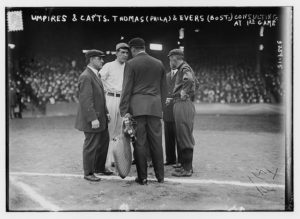
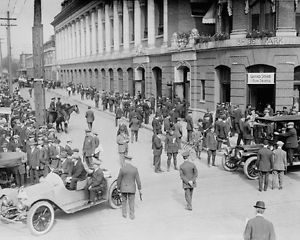
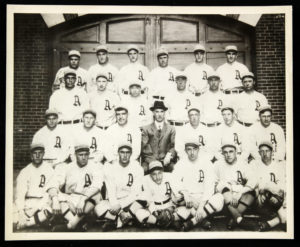
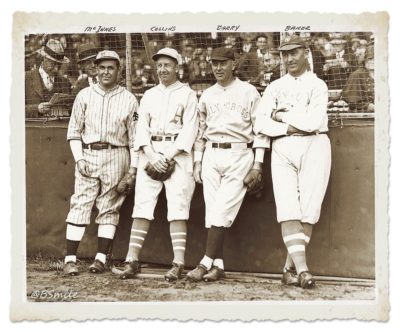

Some people thought Connie Mack broke up his team after 1914 because he thought his players were paid to lose the Series to the Braves.
Yeah, I’ve heard thrumor too. Might be some validity to it.
Connie Mack always insisted that a second place team was best for business. People got jaded if a team put up too many championships and wouldn’t come to the park. But dead last teams don’t draw at all. He also blamed the lure of the short lived Federal League for putting the $ signs in front of the players.
Yeah, I’ve heard those stories too.
I read a story somewhere titled “It Took a War to do it,” which showed that the Federal League was made it impossible for Mack to continue paying his players.
That could be the explanation.
Amazing ineptitude, Gary. And speaking of which, that ’16 team was certainly worse than the Amazin’s of 1962!
More than two errors a game–that takes work..
2-28 in one month–there are no words!
The A’s under Connie Mack–truth is stranger than fiction.
I contend that the Cleveland Spiders is the most unappealing nickname in the history of sports.
Thanks!
Hard to believe they could be worse than the ’62 Mets, but apparently they were. Agree about the Cleveland Spiders name, too.
Great essay, Bill.
Wertheim writes a lot of great stuff for SI. I actually saved that 2016 article.
On a completely unrelated note, 86 years ago today, Babe Ruth played his last game.
I think you mean Gary! Don’t worry, I owe you one, anyway…I’ll correct! By the way, your essay should be out later this morning.